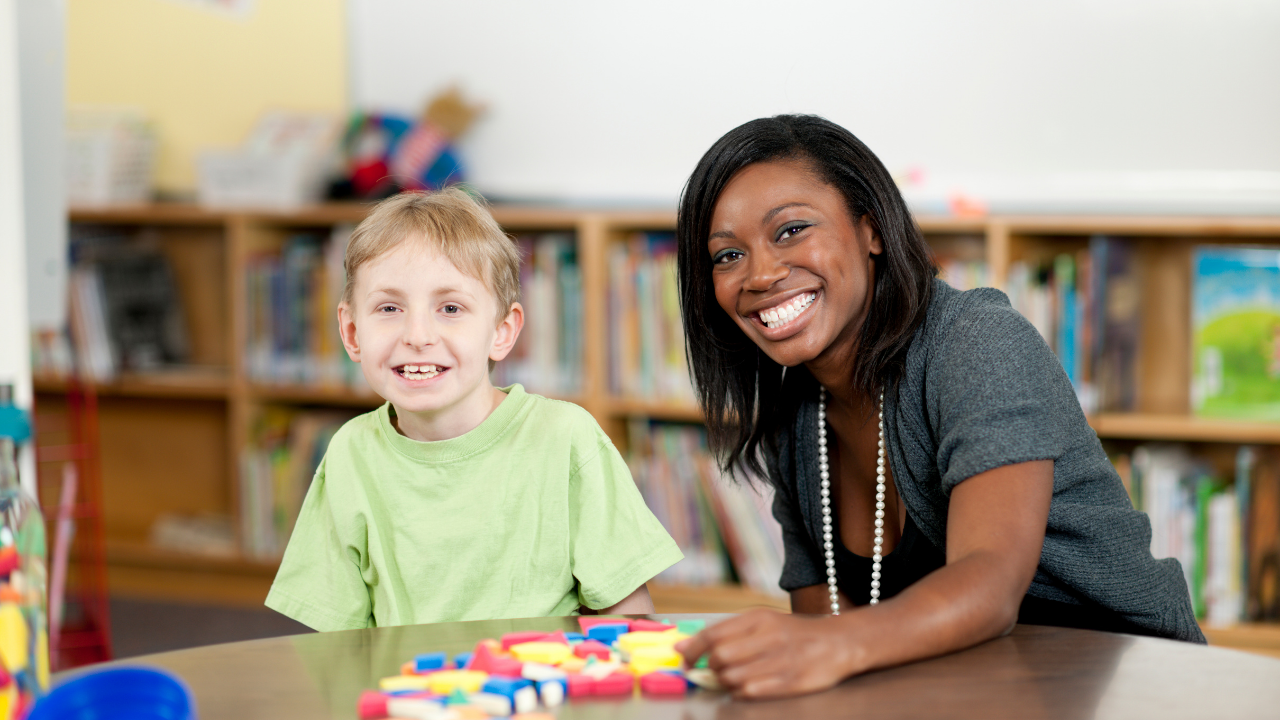A Collaborative Approach To Parenting A Challenging Child

Do you have a challenging child? A person who is easily frustrated or throws tantrums? Have you noticed that your foster child or adopted child cannot adapt to his environment beyond what is likely to be typical for his age? Sometimes kids are incapable of handling rising emotions. As a child with special needs, you need tools to construct his skills, address his needs, and improve his quality of life.
Parenting collaboratively begins with us
It is almost always our responsibility to develop parenting skills. The work must be done to determine what our child needs to succeed, but we must also consider what may be holding up the child’s success at home. The initiator of the Collaborative & Proactive Solutions parenting model is Dr. Ross Greene. Essentially, this parenting model holds that when children’s expectations are greater than their ability to respond appropriately, they exhibit challenging behavior. Essentially, whining, pouting, screaming, swearing, hitting, and biting are all ways they express how difficult it is to meet expectations and deal with frustration.
A kid does well if they can
As parents, we have a responsibility to equip our kids with the skills they’ll need to overcome those difficulties. First, we must reframe our children’s struggles as a “can’t yet” instead of a “won’t”. This child isn’t challenging – she has challenges. For many parents, this entails re-framing their perceptions of a child’s misbehavior, which they view as defiance or an inability to comply.
Based on the collaborative parenting model, Dr. Greene argues that our children can be challenging because they do not yet possess the skills to not be challenging. To put it another way, if they could manage their big feelings, they would not exhibit problem behaviors. It’s because children do well when they can – and this is perhaps the core theme of the Collaborative & Proactive Solutions model.
Also Read: How to Regain Eyesight Naturally?
It is always better to perform well than to fail
We learn how to view a child’s challenging behavior as a skill that needs to be developed by reframing our perspective. Instead of assuming the worst about our children, we must remember that “doing well is always preferable to not doing well.” When we build into them the right skills, children are capable of meeting expectations or experiencing disappointment. We encourage them to solve problems together when facing difficult moments.
Do we know what skills are lagging?
Many factors influence a child’s development. Parents of foster or adopted children commonly note trauma and developmental delays. Determining which factors come first in a child who has experienced trauma is a bit of a “chicken or the egg” dilemma. Our kids may experience developmental delays because of prenatal exposure to toxins or inherited illnesses or because they have been abused or neglected. Despite the influencing factors, there are three important skills to focus on when teaching our kids healthy and productive problem-solving.
- Tolerance for frustration
- Problem-solving
- Adaptability and flexibility
Changing our perspective will allow us to see that our children who have difficulty with these skills face their learning challenges. When a child is having a learning challenge, we can find the right resources and support to help them succeed. We could also end up taking our kid’s behavior personally, which isn’t a good idea. When our expectations are not met, we may establish an adversarial relationship. Any method will not change a child’s behavior; it doesn’t matter how it is carried out.
In what ways does a child’s lagging skills come across in their behavior?
There’s more to life than just making our lives harder when a child has delayed or undeveloped skills. It’s also hard for our children to deal with these challenges. This often leads to an endless cycle of frustration, causing the child to feel defeated and confused. A child who struggles with lagging skills may display common behaviors, including:
- Having difficulty transitioning from one thing to another
- Disobedience to authority
- Refusal to accept change in plans
- Underperformance and failure to meet expectations
- There are tantrums, tears, meltdowns, biting, kicking, etc.
What are the steps to collaborative parenting?
To build the problem-solving skills of challenging child, Dr. Greene summarizes collaborative parenting in three steps. These steps must be proactive to be successful. Therefore, practice them when all is well, and there aren’t any tempers flaring (yours or theirs). The three steps above create a new, regular pattern of interaction with our kids that communicates, “I’ve got you – we’ll do this together.” Your child will feel immediately safe when she works with you on the skills she needs to deal with her big feelings at the moment.
Also Read: Health Benefits of Consuming Spinach
Step 1: Empathy
The parent gathers information about the unresolved problem that the child faces to begin the collaborative process. Remember that you are gathering information at this stage, so you will need to do more listening than talking and ask clarifying questions without feeling judged or criticized.
Step 2: Define the Adult Concern
A parent shares his perspective on the issue after listening to the child’s concerns or viewpoint. When talking to young children, keep things short and specific.
Step 3: Invite Your Child to Collaborate
You can now collaborate in brainstorming a solution or two based on the child’s challenge and your concerns. The purpose of creating action plans is to create a mutually satisfactory plan. By working together to make a plan, you’re strengthening her problem-solving abilities. As a secondary objective, one must prepare for the possibility that first attempts might fail. Once you realize a better way, you both can admit that it is time to try another approach.
Conclusion
Collaborative parenting is what you might expect from the name. It is a parent-led initiative for increasing understanding and building skills. It might feel strange or unnatural at first because it’s a new way of approaching parenting. Take it one step at a time if you need to.
To begin with, you should look at some of your child’s most challenging behaviors. Ask yourself why those behaviors occur. That can be an excellent starting point to discover what skills your child lacks when he exhibits challenging behavior. You will be able to build bonds of trust and connectedness with your challenging child when you work together to develop skills. He will have a strong foundation upon which to build new skills when faced with new challenges.
(This a sponsored article from our independent contributor)












